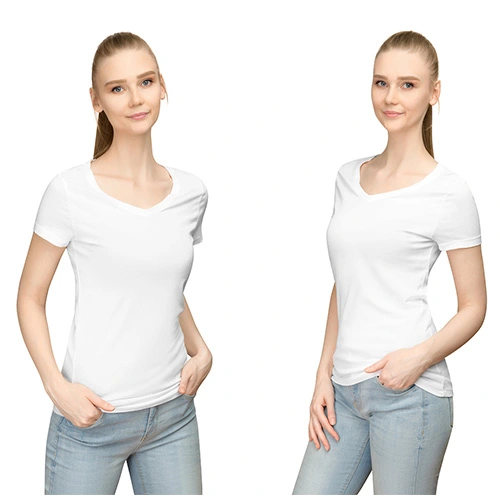In our modern world, protective clothing serves as a crucial line of defense against a variety of hazards, from environmental elements to workplace dangers. Whether it's shielding against extreme weather conditions or safeguarding against occupational hazards, protective clothing plays a vital role in ensuring the safety and well-being of individuals across various industries.
Understanding Protective Clothing
Protective clothing encompasses a wide range of garments designed to shield the wearer from specific hazards or risks. From flame-resistant coveralls to high-visibility vests, these garments are engineered with materials and features tailored to the demands of different environments and industries. Protective clothing is not only about physical protection; it also provides psychological reassurance, instilling confidence in the wearer as they go about their tasks.

Protection Against Environmental Hazards
One of the primary functions of protective clothing is to safeguard individuals against environmental hazards such as extreme temperatures, harsh weather conditions, and exposure to harmful substances. For outdoor workers, this may include insulated jackets for cold climates or lightweight, breathable fabrics for hot and humid conditions. Similarly, individuals working in hazardous environments, such as chemical plants or construction sites, rely on specialized protective clothing to minimize the risk of exposure to toxic substances or physical injuries.
Enhancing Workplace Safety
In industrial settings, protective clothing is an essential component of workplace safety protocols. From hard hats and steel-toed boots to protective gloves and goggles, these garments are designed to mitigate the risk of workplace accidents and injuries. By providing employees with the appropriate protective gear, employers demonstrate their commitment to prioritizing safety and minimizing occupational hazards.
Meeting Regulatory Standards
In many industries, compliance with regulatory standards governing protective clothing is mandatory. Government agencies such as the Occupational Safety and Health Administration (OSHA) establish guidelines and regulations to ensure that employers provide workers with adequate protection against workplace hazards. Adhering to these standards not only protects employees from harm but also helps businesses avoid costly fines and penalties.
Specialized Protective Gear
Certain occupations require specialized protective gear tailored to the unique demands of the job. For example, firefighters rely on flame-resistant turnout gear to shield themselves from heat and flames during rescue operations. Similarly, healthcare workers depend on personal protective equipment (PPE) such as gloves, masks, and gowns to prevent the spread of infectious diseases and maintain sterile environments.
Advancements in technology have led to the development of innovative materials and designs that enhance the performance and comfort of protective clothing. From moisture-wicking fabrics that keep workers dry and comfortable to lightweight, breathable materials that allow for greater mobility, these innovations improve the overall effectiveness of protective gear while minimizing the burden on the wearer.
In an ever-evolving world where hazards abound, protective clothing serves as a vital safeguard against a multitude of risks. Whether it's protecting against environmental elements, workplace hazards, or infectious diseases, the importance of protective clothing cannot be overstated. By investing in high-quality, specialized gear that meets regulatory standards and incorporates the latest innovations, businesses and individuals can ensure their safety and well-being in any environment.





























